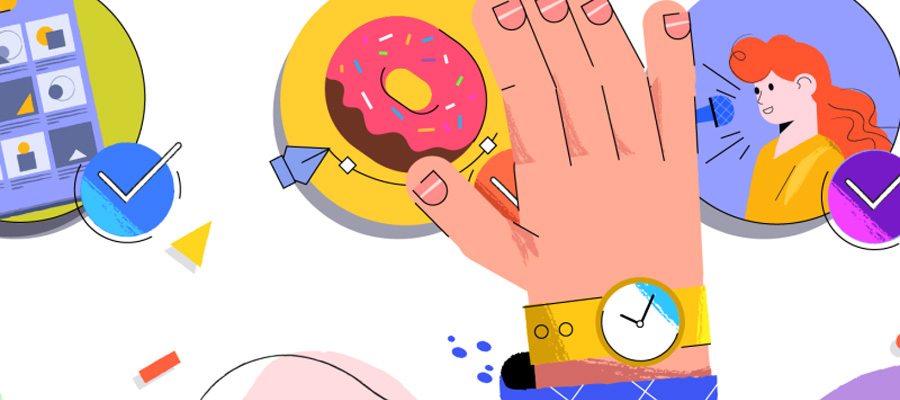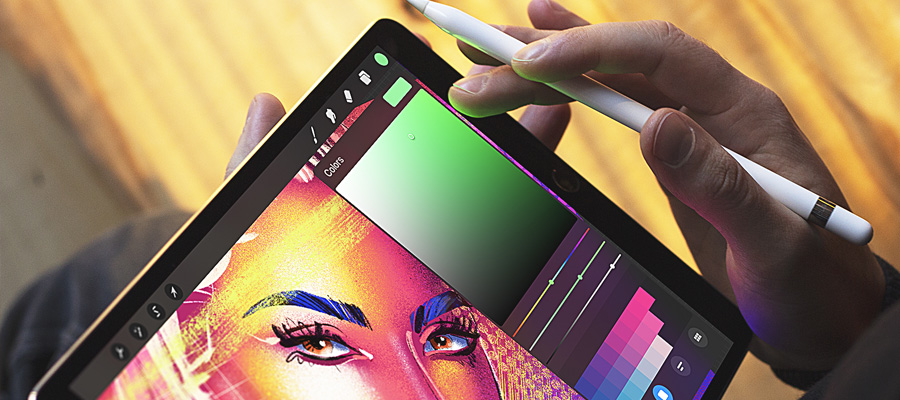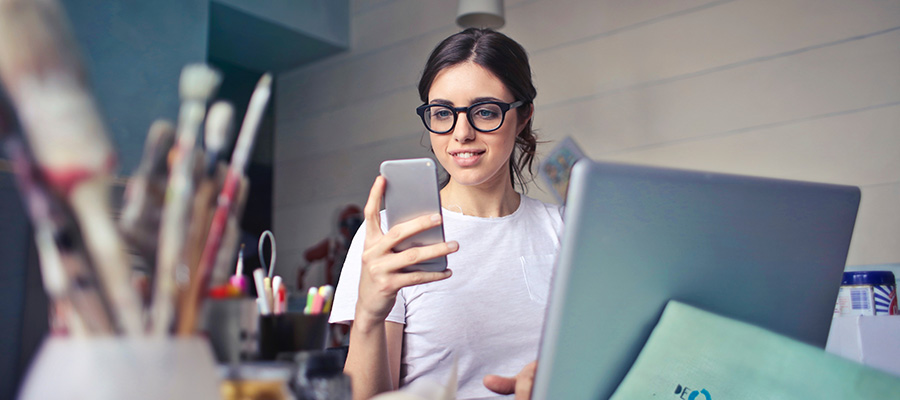The ability to be creative is useful in many aspects of our lives. You need it to think differently than you did yesterday, to look at something from another angle, and to come up with innovative ideas in general. Creativity is a skill that is admired; it entwines playfulness with intelligence and drives the world forward - it is, after all, the spark of inspiration that built our world of revolutionary art and cutting-edge technology.
The trouble with inspiration is that there is no straightforward approach to finding it. You simply can’t cough up blog posts on how to find your creative self and where to look; not that people haven’t tried. If you’re interested, there are amounts of excellent articles on studying the human brain to find that trigger of inspiration, to think like the great thinkers of our era, and try to copy their genius.
Although it might be possible, the understanding we have of our brain is still too shallow to make complete sense of it. You don’t have to give up hope quite yet, though, as some methods have proven to work even though we don’t understand them fully yet.

Plus, some of these ideas are unconventional enough to feed your brain with something new - and help you to think in different patterns for once.
Why Creativity?
Sure, you know very well that to be creative is good for business and the world in general - but how can it benefit you as a person? To go through strenuous mental exercises, bothering our brains with thinking out of its old patterns, and pondering on problems for hours is a task we’d easily avoid if it gave little in return.
Besides from enabling you to do a set of tasks you’d normally outsource as a business person, such as finding someone to create your content and hiring a web design agency to fix up your website, unleashing your creativity can make you live longer. It sounds obscure, but it’s real, proven, science stuff and nothing at all to sniff at.
When you’re occupied with art or creative thinking, you’re helping yourself in various ways. First of all, it reduces stress in your body by focusing on something else than the frantic voice in your head. The best of it all is that you don’t even have to actually produce something; you can gain the same health benefits by simply observing art. Listen to music, read a good book, or spend your coffee break in the art gallery.
You’ll reap the same benefits from yoga, meditation, and mindfulness, by the way, but these won’t necessarily make you a rich and famous artist.
In case you’re about to brush this off as some pseudo-nonsense, you can sit back down again right away; the art of writing, painting, and music impacts the cells of your body and improves your immune system. It’s not at all in your head; it’s just really good for you.
The Creative Process
If you’re looking for that eureka moment in your bathtub, you’re going to lay there and soak for a while. Not that it’s not possible, and most of us are able to hatch up a brilliant idea once in awhile, seemingly straight out of thin air. When you’re tired of admiring your creative friends and coworkers, on the other hand, and would like nothing better than to wake up inspired and ready every day, you need to look at it from a different angle.
Schools kill our creativity, they say, and although it’s hard to remember back when we were half a meter tall and practiced the alphabet, it could be something to it. The notion was brought up in TED talk back in 2006 by educator and author Ken Robinson, and people haven’t stopped talking about it since. The education system has failed to nurture our children’s creativity, he said, and so said everybody else after him.
The fear of failure is creativity’s biggest enemy - and certainly a concern that many young pupils are introduced to at an early stage. It lives in us to this day, whispering sweet nothings in our ears about not succeeding, that each idea is silly, and that the most important thing is not to screw things up. Rather nothing than something stupid, right?
We need to rid ourselves of this voice in order to be creative, that’s for sure - but it’s easier said than done. The principle is that you need to allow inspiration and creativity to be a process, and you need to invest a lot of time before it comes knocking.
This is why you’ll have difficulty reaching that aha-moment just because you need it; your brain isn’t tuned into being creative whenever you need it to be since someone put a damper on the fun a long time ago.
A space and time for creativity
To be more creative, you’re going to have to practice. Although the word practice implies a logical and structural way of thinking, you’re going to have to turn it around; practicing to be creative means practicing to be playful. It might be a bit painful, to begin with - but the more you work on it, the better ideas you’ll be able to come up with.
A quiet and non-judgemental room of your own is the most important thing in the beginning. Sure, if you’re used to hatching several useful ideas every hour, you’re probably able to cope with noise and stressful surroundings - but for the rest of us, start with a quiet space. You won’t be able to be playful and creative if you’re exposed to the usual pressure of your daily life.

Next, you have to give yourself time to think differently. It’s not necessarily going to be fun, but the longer you sit there and ponder, the more you’re going to tolerate the process later on. It’s difficult to say how much time you should set aside for your creative self, although starting with half an hour and working your way up is an alright plan.
Don’t dismiss any ideas or expect to even come up with anything useful for now. If you cough up something tremendously stupid, give yourself the chance to laugh at it and pair it with something else that’s even sillier. The best cure to a closed and narrow mind is humor; laugh at yourself, roll around on the floor, watch a comedy, and feel how relaxing the whole process feels later on.
You’d want to approach your unhatched idea like a curious child, poking it with a stick, and jumping back in surprise and joy as soon as it moves. Some of the most creative people out there are ridiculously funny, confident about their silliness, and eager to share the genius thoughts they allow themselves to think.
Do yourself a favor at watch this video of John Cleese talking about creativity, by the way; he’s hilarious too, so it should fuel your brain right away.
An imaginative interview with your product
Now that you’ve spent days, weeks, and months on rewiring your brain and finding back to the abandoned child in you, it’s time to look at your brilliant ideas so far. Just like some schools of creativity urges us to focus on successful innovators and adopt their methods, others want you to think differently again.
The idea is that some of the most innovative and cutting-edge products out there have certain patterns in common - a genetic code if you will, where the secret behind its creative master is stored.
When you’re building a marketing strategy for your business, it’s common to imagine the ideal customer. It helps to make him or her as lifelike as possible, playing around with different sets of personality traits, as well as everyday issues that your business can help them solve. You’re creating this person in your mind and giving her a voice; although someone very similar exists as it is based on a likely consumer.
Say that you could do the same with a product, a service, or just an object. Give it a voice that it could have as a person, interview it, and try to learn its secrets. What do you think it would say? Practice the same technique with all of your successful products or services and see if they have something in common - a pattern, or that genetic code we’ve talked about.
The more you allow your imagination to keep conversations with inanimate objects, the more likely you are to come up with something creative. You’re training your brain to think differently and to study your surroundings with a different set of eyes - a more playful and open set, that is.
Keep in mind that these techniques are here to train your brain; they’re not here to give you that much-needed bathtub scene of Archimedes, even though you never know. Comfort yourself with the fact that those moments of sudden clarity are rare, and that even the most creative souls out there have pondered on the same problems for hours and weeks at a time.
When inspiration failed to show, they didn’t simply abandon their project; they pondered on, played with different ideas, and squeezed out something original in the end.




















